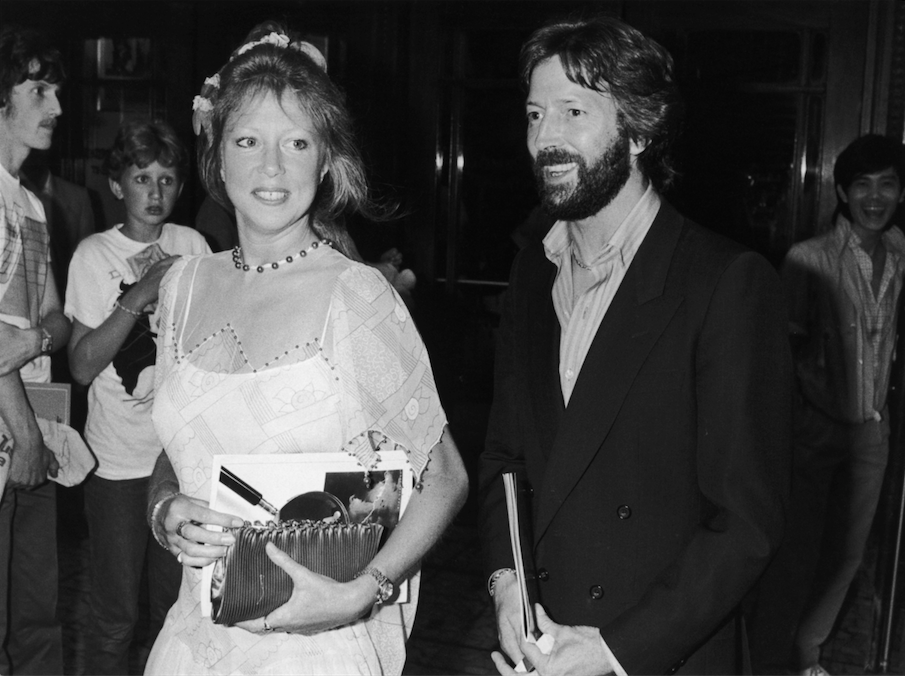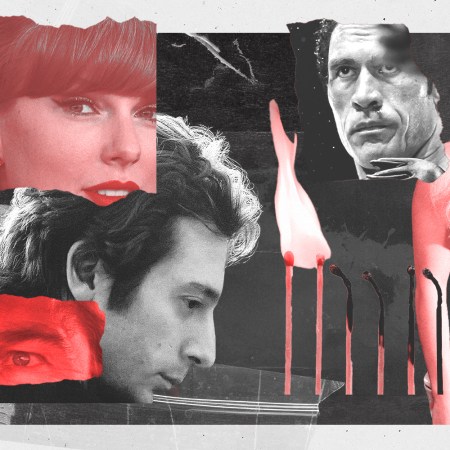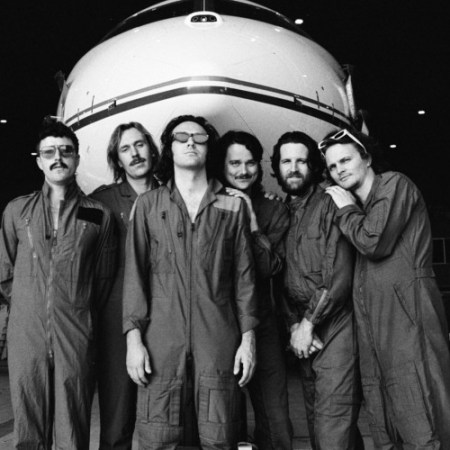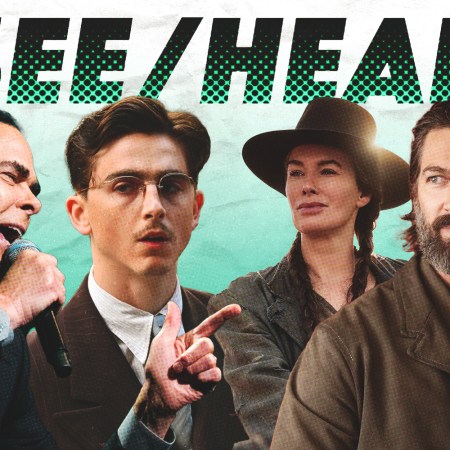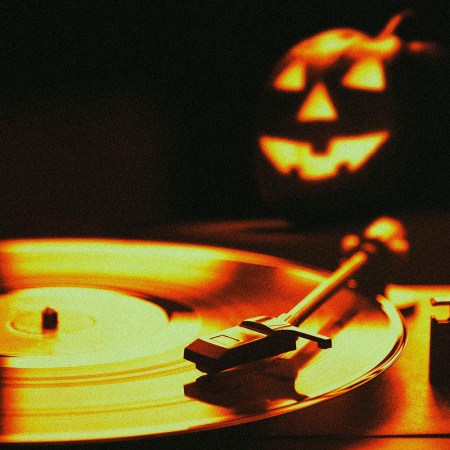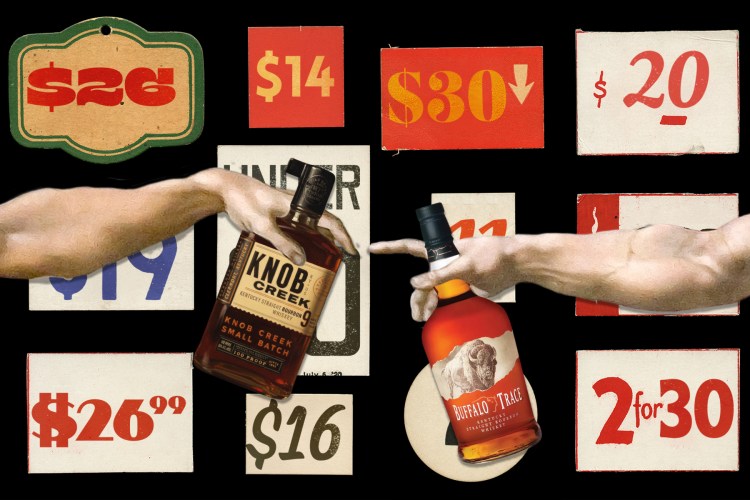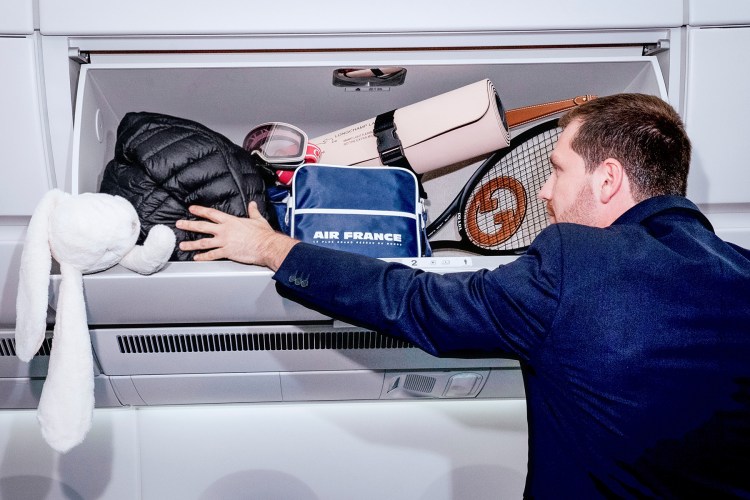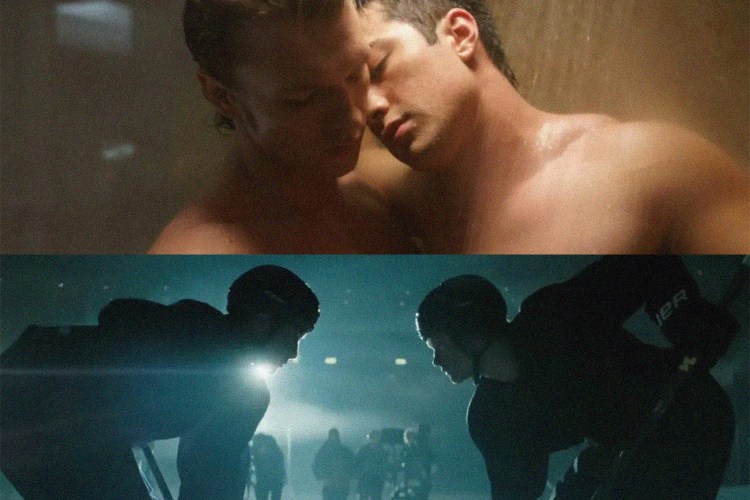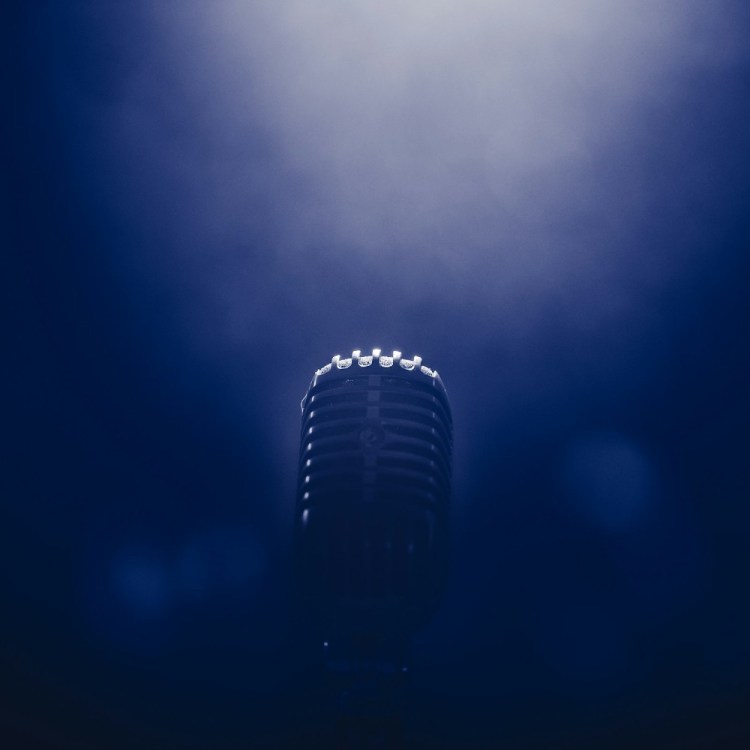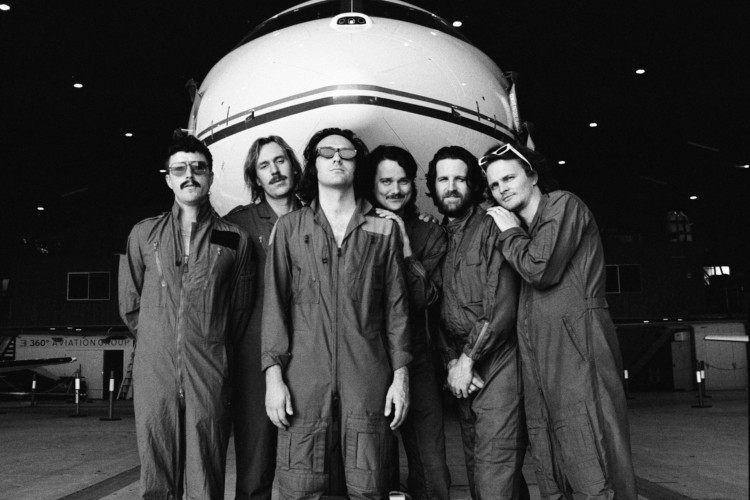On March 27, we mark the 40th anniversary of the marriage of one of rock’s most famous couples: Pattie Boyd and Eric Clapton.
Now, as much as I would like to use this as an opportunity to bash Eric Clapton—a racist, mewling hack who is not fit to collect Wilko Johnson’s garbage—that’s not what today is about. Nope. True, if the blues is an old earthenware whiskey jug, Clapton is a plastic sippy cup with a crack in it…but we can talk about that another time.
Suffice to say that calling Eric Clapton a rocker is like calling Thomas Kinkade a painter. Sure, they make things and people buy them and talk about them, but they contribute nothing to the world except for the occasional fax of a Xerox of a chalk outline of an emotion. Think: When Clapton plays—or, god forbid, sings—do you actually feel anything, or do you just get that feeling that you ought to feel something?
But anyway, that’s not what we are here to talk about.
So let’s not say a word about Mr. Clapton’s moral deficits or musical vapidity, absolutely not a word, and nor shall we remind you that in 1976 he stood on stage in front of thousands of people and demanded that all blacks and East Indians leave Britain.
Instead, today we note that Eric Clapton’s famous 10-year marriage to George Harrison’s ex-wife, Pattie Boyd, began 40 years ago this week.
Remarkably, Ms. Boyd has inspired some of the most famous songs in rock history: the Beatles’ “Something,” “If I Needed Someone,” and “For You Blue”; and horrible Eric Clapton’s “Layla” and “Wonderful Tonight.” Boyd was also a participant in one of the most transformational field trips in rock’n’roll history: the visit by the four Beatles, along with Donovan, the Beach Boys’ Mike Love, and Mia Farrow, to Rishikesh in northern India to learn Transcendental Meditation at the feet of the Maharishi Mahesh Yogi.
Perhaps most significantly in terms of her place in legend and tabloid, Ms. Boyd was one corner of the most famous love triangle in the history of rock, when she left the magical and courageous George Harrison for the arrogant and almost mythically banal Clapton.
All of this means she has led an interesting life.
But does that make her remarkable? Tabloid-worthy, yes, but admirable?
Highlighting Boyd’s liaisons is a way of normalizing the idea that the primary—and most glamorous—role for a woman in music is that of a concubine or muse.
Throughout modern pop history, which is to say, since the emergence of Elvis, many of pop’s most famous women are known largely through their association with famous men. Even those who achieve great things—say, Stevie Nicks and the wondrous Christine McVie, heck, even the great Cher—still cannot escape the shadow and the reputation of their romantic partners. Have you noticed that nearly every piece about Fleetwood Mac’s history (especially the story of their most famous album, Rumours) giggles behind the hand of sexual innuendo, thereby absolutely minimizing the extraordinary talents of Nicks and McVie?
Honoring women due to their sexual or romantic liaisons is a reminder that the shadow of the patriarchy still hangs over us, mightily. I could cite examples, but these are evident and obvious to all of us. One of the very small ways we can fight this bullcrap is by saying, no, I am not going to celebrate someone just because they let a famous musician stick his pale, narrow English willy between their legs.
I have absolutely nothing—zero, nil, nada—against Ms. Boyd. Truly. I just think that in order to move rock and pop into the 21st century, we should take these occasions to also note women musicians who achieved great things, under the enormous weight of sexism and low expectations.
I select these three names completely randomly:
Carol Kaye is one of the greatest bassists in rock history (and with the very recent passing of the amazing drummer Hal Blaine, she is perhaps the best known surviving member of the legendary 1960s’ Los Angeles session band, the Wrecking Crew). You hear Ms. Kaye on the radio every single day, whether it’s “La Bamba” by Richie Valens, “You’ve Lost That Lovin’ Feeling” by the Righteous Brothers, Nancy Sinatra’s “These Boots are Made for Walkin’,” “Last Train to Clarksville” by the Monkees, and so very, very many more. If Kaye had done nothing but work with the Beach Boys, her place in history would be assured: She performs on much of the prime Beach Boys material between 1963 and 1967, and her work frames and defines one of the greatest albums of all time, the Beach Boys’ Pet Sounds.
The Liverbirds were the most rare of gems: an all-female Liverpool beat group. Between 1963 and 1968 they played a hot, stomping Mersey beat garage rock, summoning the blur and howl of the Hamburg-era Beatles, with a little bit of the soulful wallop of the early Hollies and the R&B slur of the Pretty Things. There’s probably a remarkable story in being an all-female group banging around Hamburg’s Reeperbahn in the early-ish 1960s…I’d rather see that damn movie than some sick, sub-skinflick about Motley Crüe.
Peggy Seeger’s work spreading the folk gospel to Great Britain in the 1950s was not only essential to the foundation of British folk, but her popularity amongst the Skiffle musicians of the mid and late 1950s made her an essential influence on nearly all British rock’n’roll of the 1960s. Although she is American, her contribution to the character and shape of British music is incalculable. (Billy Bragg, in his fantastic book Roots, Radicals and Rockers: How Skiffle Changed the World, tells this story wonderfully.) Just as significantly, in her battles against the blacklist—that is, the crackdown by the U.S. government in the 1950s against all artists suspected of harboring and propagating communist, socialist, or far-left beliefs—Seeger presented a grace and courage that was literally heroic.
There are so very, very many more I could list. There are thousands—f*ck, tens of thousands—of women who not only made art and noise, but suffered for their art and noise, from Poly Styrene to Kat Arthur to Mia Zapata, from Judy Sill to Sister Rosetta Tharpe to the Delmonas (arguably one of the greatest rock’n’roll bands of all time). It sucks to be a woman in the music industry, to be a woman on tour, to be a woman in the recording studio. It is an uphill f*cking battle: All you are trying to do is say something, sing something, move someone, yet every day you encounter multiple men who expect you to be, well, Pattie Boyd or Mommy or Porn Star or god knows what.
I abundantly, ferociously state that I am not condemning Ms. Boyd, or any woman (or man) who has a high-profile sexual or romantic relationship with a musician (and who history chooses to remember largely because of that liaison). In fact, I have known some of these women, and almost universally, they are wise, witty, and intelligent.
But drawing attention to them is not a form of empowerment. I will not participate in any further effort to normalize the idea of musical concubines.
Every single time we cite these women, these famous and infamous partners, we must go out of our way to also mention women who fought hard, against great odds and under the onus of discrimination and harassment, to bring brilliant and original art to the world. So I salute Dana and Karen Kletter, Ut, Tonya Donnely, Genya Ravan, Dolly Parton, and on and on and on.
Why do I note these names?
To quote the pioneering clergyman and peace activist, A.J. Muste, “I don’t do this to change the country. I do this so the country won’t change me.” We—journalists, fans, monitor men, club bookers, recording engineers, Spotify clickers, music executives, anyone who engages in the family of music—must apply a mindfulness to sexism. Enjoy gossip, but celebrate achievement.
Legends like Pattie Boyd are fascinating. But we will learn far, far more from those women musicians who insisted on having their song heard, regardless of harassment, regardless of stereotype, regardless of having a famous partner or two.
This article appeared in an InsideHook newsletter. Sign up for free to get more on travel, wellness, style, drinking, and culture.
